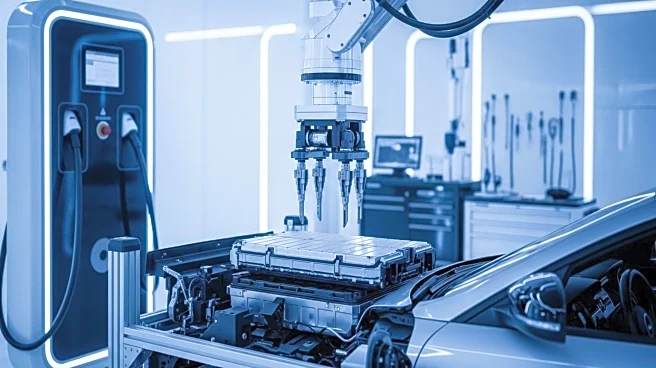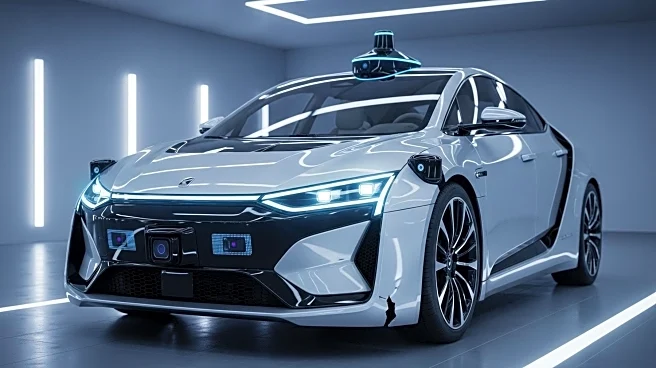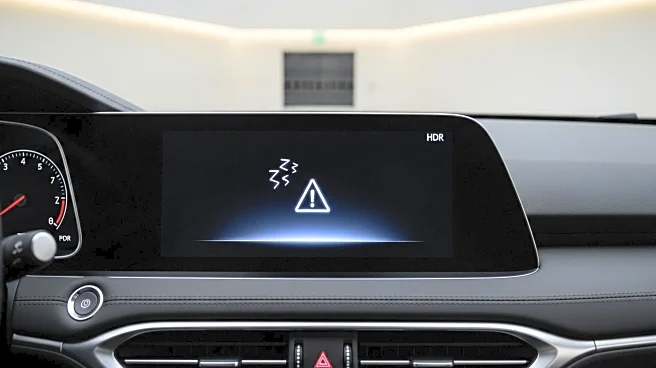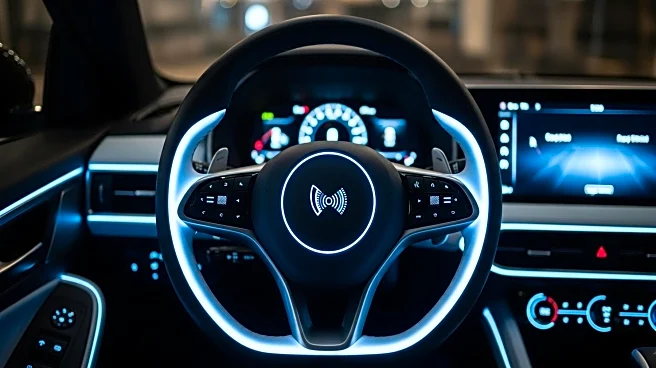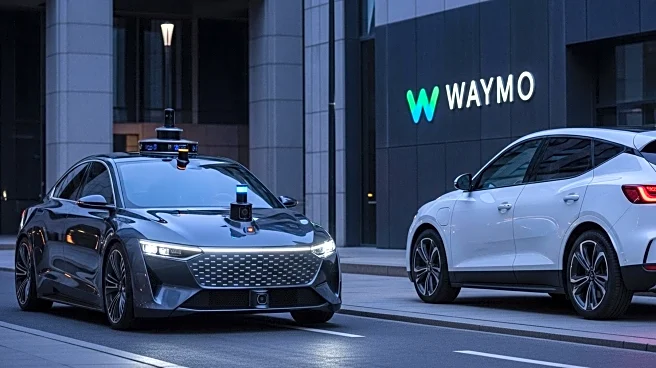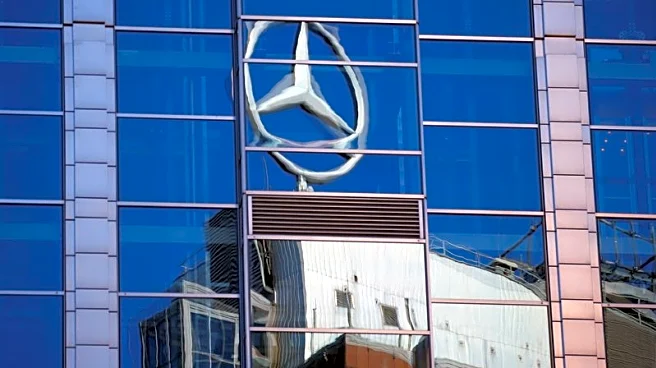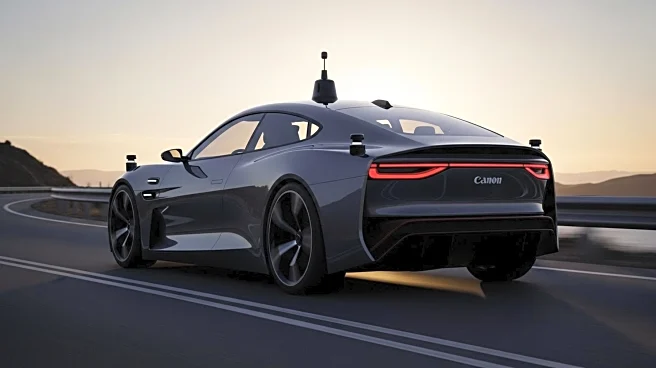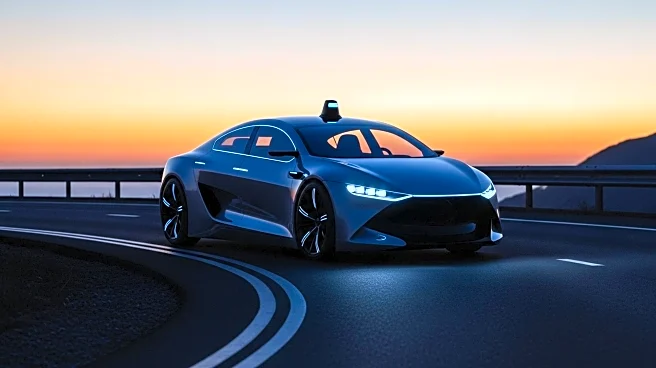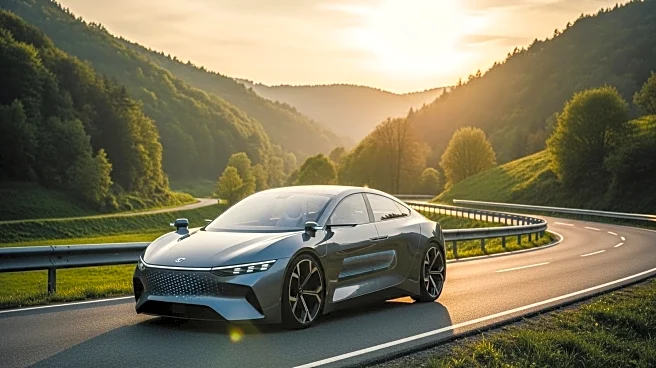What's Happening?
A Tesla YouTuber attempted a coast-to-coast drive using Tesla's Full Self-Driving (FSD) technology, starting from San Diego. The journey was cut short after 60 miles when the vehicle hit a metal ramp on the highway, causing significant damage. The incident resulted in a $22,000 repair bill, although Tesla covered the battery replacement under warranty due to a pre-existing issue. This attempt highlights ongoing challenges with Tesla's FSD technology, which has yet to achieve full autonomy despite improvements over the years.
Why It's Important?
The incident underscores the limitations of Tesla's FSD technology and raises questions about its readiness for fully autonomous driving. The costly repairs and reliance on warranty coverage may affect consumer confidence in Tesla's self-driving capabilities. As Tesla continues to develop its FSD system, incidents like this could influence public perception and regulatory scrutiny. The company's ability to address these challenges will be crucial in maintaining its position in the autonomous vehicle market.
What's Next?
Tesla is likely to continue refining its FSD technology to improve safety and reliability. The company may face increased pressure to demonstrate the effectiveness of its autonomous systems and address consumer concerns. Future developments in Tesla's self-driving technology will be closely watched by industry stakeholders, regulators, and consumers. The outcome of this incident may prompt Tesla to enhance its testing protocols and communication strategies regarding the capabilities of its FSD system.

